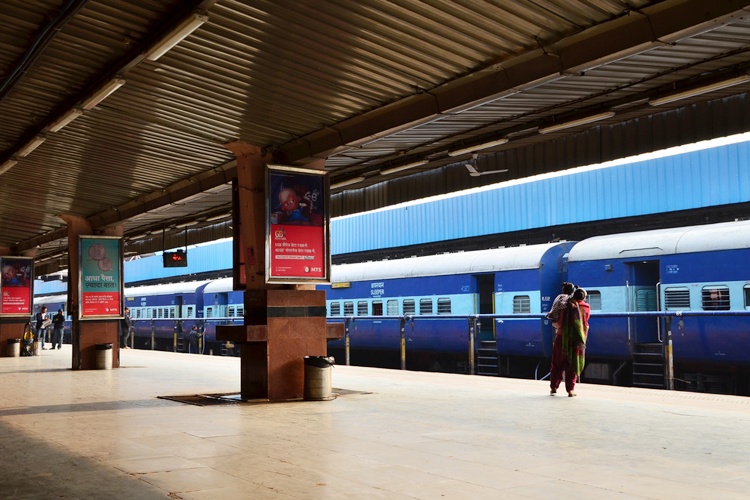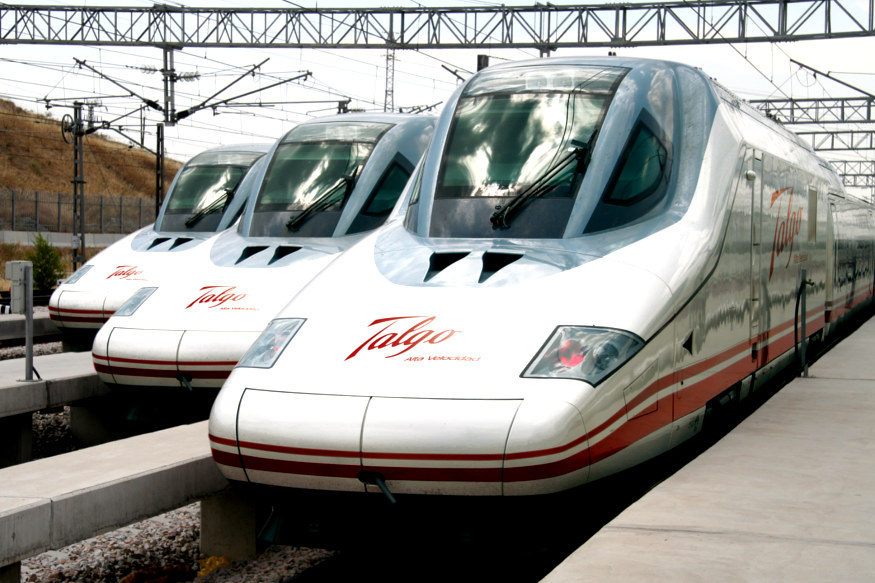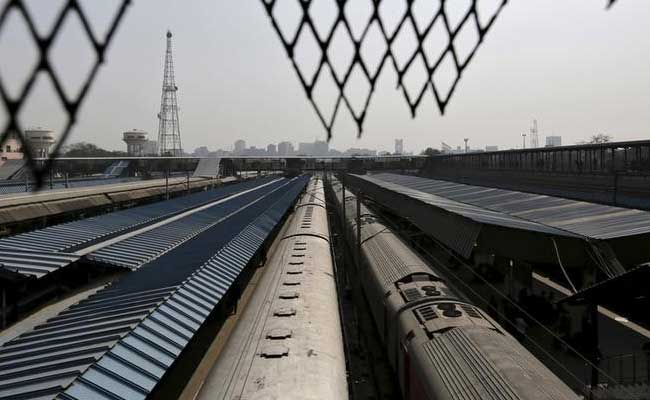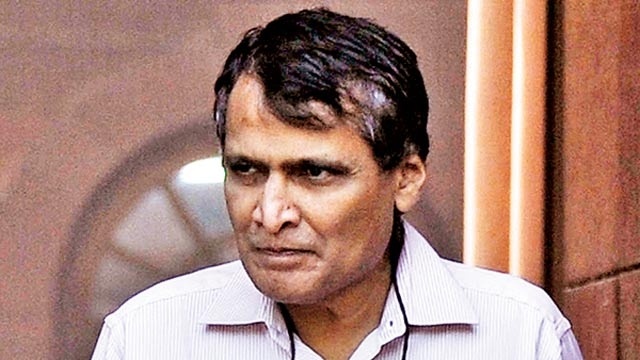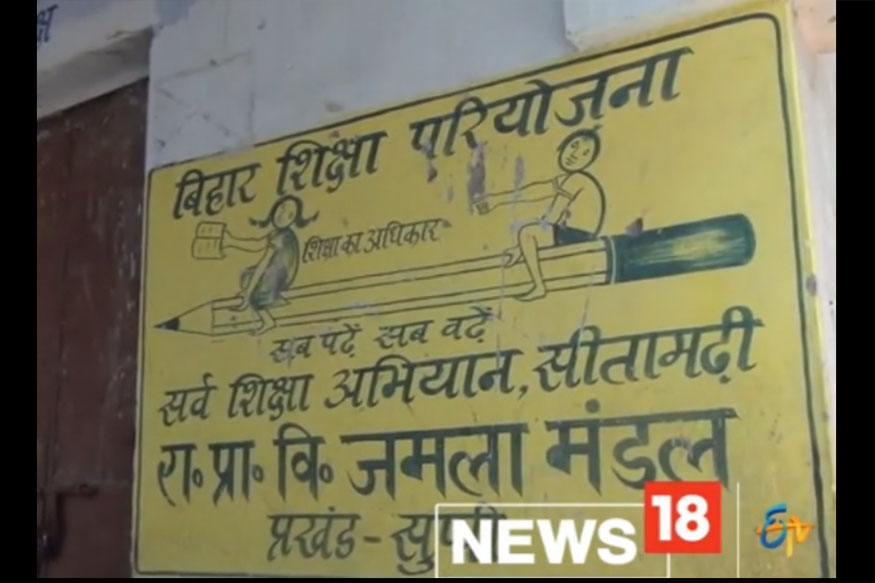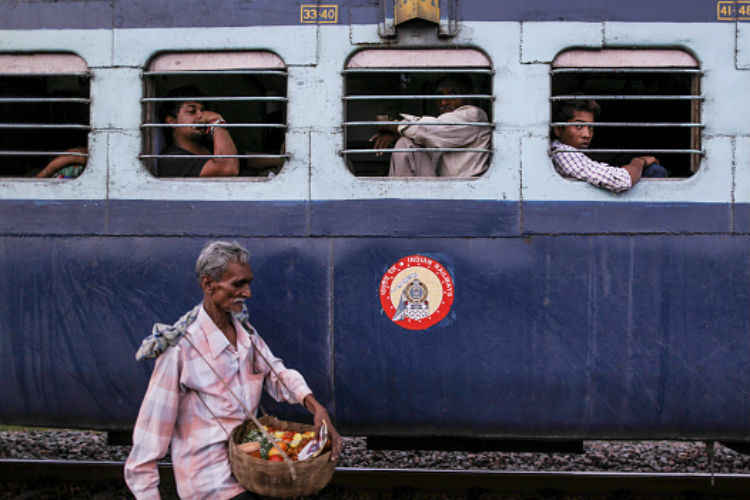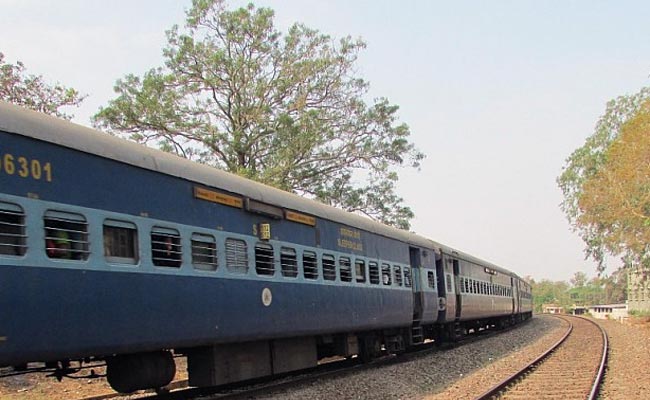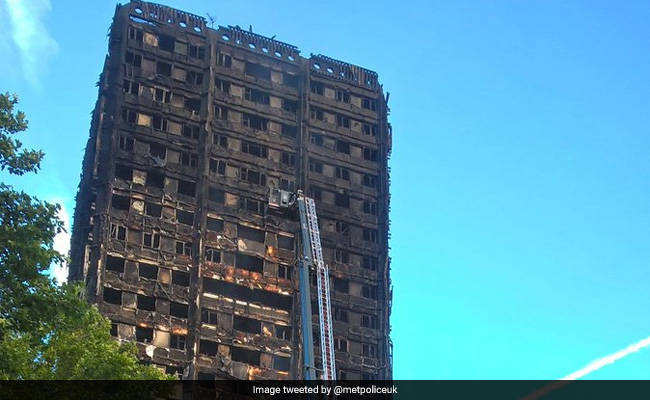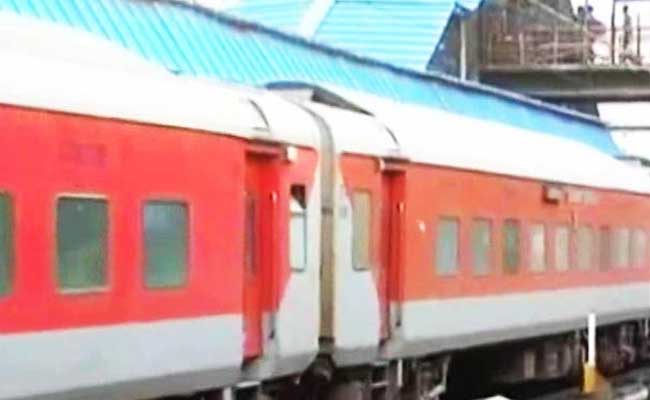
They are the premium trains in India. Rajdhani and Shatabdi Express were started to move people who could afford to pay more for a somewhat luxurious travel.
But after years of service, the trains have lost their sheen. The service has deteriorated, the cleanliness is missing, quality of food has suffered.
After years of complaints by the travelling public, the premium trains are now set for a makeover. The Railway Ministry is to launch “Operation Swarn” to improve services in Rajdhani and Shatabdi Express trains.
A senior Railway Ministry official, who did not wish to be named, told IANS: “The railways have decided to launch Operation Swarn (or ‘gold’) to refurbish its services after several complaints by passengers like delay in train arrival, sanitation and quality of food.”
Under the project, the Indian Railways will focus attention on 10 key areas — punctuality, cleanliness, linen, coach interiors, toilets, catering, staff behaviour, security, entertainment, housekeeping and regular feedback.
The Ministry official also said the plan will be upgraded in future with services like Wi-Fi, infotainment screens (that were first provided in Tejas Express) and coffee vending machines.
The modified trains will also have improved coach interiors, better furnishing and new comfortable seats.
The official said an amount of Rs. 50 lakh will be allotted to each Rajdhani and Shatabdi train on various routes for the revamp. To monitor the work, two committees will be formed.
In May, Railway Minister Suresh Prabhu launched the first high-speed premium train Tejas Express between Mumbai and Karnali in Goa.
The premium train was loaded with features like LCD screen on every seat, improved interiors, coffee vending machines, automatic doors, fire repression system, bio-vacuum toilets, attendant call buttons, reading LED lights, and others. Tejas Express also offers free Wi-FI connectivity.
The train was designed to travel at 200 kmph but keeping in view the track conditions in the Konkan region, the speed was limited to 130 kmph.
Earlier this year, the railways launched a new series of fully air-conditioned express trains like Humsafar, Mahamana and Gatimaan for overnight travel.
Humsafar Express is equipped with features like CCTV cameras, coffee vending machines, fire and smoke detection systems, new interiors with comfortable seats.
The Mahamana Express has ergonomically designed ladders for climbing to upper berths, snack tables for side berths, windows with powered venetian blinds and roller blinds, LED lights as berth indicators, LED reading lights, fire extinguishers in all coaches and an electrically operated chimney in the pantry car.

